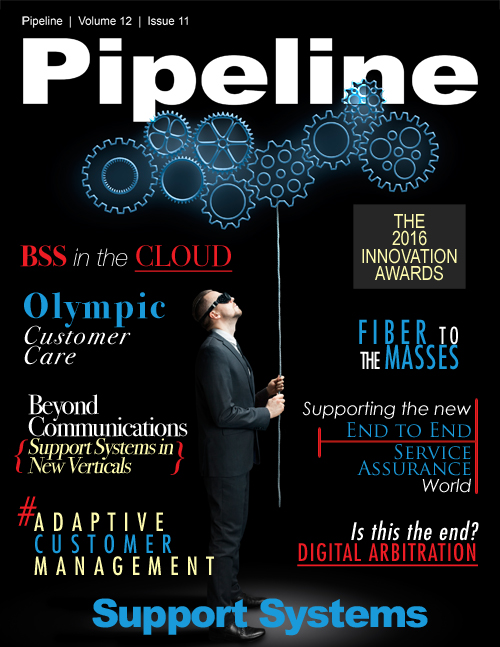Adaptive Customer Management Creates Exceptional Customer Experience Through Big Data Analytics
Different Customers, Different Needs
Through ACM, providers can drive personalized services by understanding and predicting three different types of needs and using them to create a competitive advantage:- Basic needs – 24 x 7 x 365, including basic voice and data levels. Under-use of plan limits and features creates the perception that the subscriber is over-paying for unused features. (By the same measure, over-use penalties kill loyalty and fuel competitors, as customers are incited to look for cheaper options or “all-in” plans from competitors).
- Periodic and lifestyle needs – Tapping known patterns from subscriber’s data, adding usage and revenue.
- Spot needs – Predicting events and usage patterns for premium revenue based on an occasion, event, time or location.
Managing customer data properly can help create more personalized customer relationships that use these different types of needs to strengthen the bond between customers and providers by informing customers of products, services and third-party partnership that in turn can help create new revenue streams. For example, a customer is likely aware of a provider’s published plans, devices and accessories. But they may not realize that partner offers can also be part of the offering, as well as customer loyalty and rewards programs. Based on awareness of subscriber usage patterns gleaned from the data using ACM, providers can create specific packages for individual customers or customer groups that can generate revenue, such as suggesting a device upgrade or an increase in text or data usage.
With a flexible BSS/OSS system in place, it’s easy to think how a provider can begin to target users with specific offers based on their profile. Starting with a customer’s basic needs (for example, monthly data usage of 4 GB and anytime calling), incrementally priced offers can be made based on knowledge of the subscriber’s usage patterns derived from the provider’s database. Using ACM, the provider can manage the customer experience in a positive way. Based on the customer’s profile, the provider can offer incentives based on periodic or spot needs, e.g., a sporting event, an upcoming holiday or even on the customer’s specific location (such as a partner offer at a local coffee shop). The customer can choose the opportunity based on their immediate need, paying a nominal fee. This approach—use of Big Data along with BSS/OSS capabilities—can lead to significant revenue gains while simultaneously improving customer satisfaction.
What’s becoming increasingly clear is the need for “right time” data, which usually means “real time” data. It is critical to address or predict a customer’s needs at the right time: when they walk into a store, open a website, display an action that indicates a need or a desire or have a history that indicates a particular action is likely to happen.
That also means that a customer’s history is also critical to detecting patterns and predicting behavior. Providers can analyze data gathered from the subscriber over time and apply insights using an experiential-based decision process. This process takes essential analytics (time/location, usage, profile/third party and context) combined with customer experiences (standard, lifestyle and premium) and “decides” which action or offer should be made. These actions might include the following:
-
Static and frequent location offers;
-
Usage and interest-based offers based on time and location, including third-party offers;
-
Spot offers based on predicted usage;
-
Offers based on “frequently driven” commute patterns, vacation patterns;
-
Offers based on a specific date – holiday, birthday, etc.; and
- Special offers based on price, value or context (may include granular-level pricing and low-end to high-end consumer pricing strategies).
Adaptive Customer Management is emerging as a new way for service providers to utilize the wealth of data they’ve collected about their customers and their behavior, and utilize their BSS/OSS systems to personalize offers and packages based on a series of criteria. It allows them to truly provide the differentiated services their customers desire, reducing churn while separating them from the pack of competitors with similar services. Most importantly, ACM provides a clear path to new sources of revenue—something that should make every service provider stand up and take notice.



















